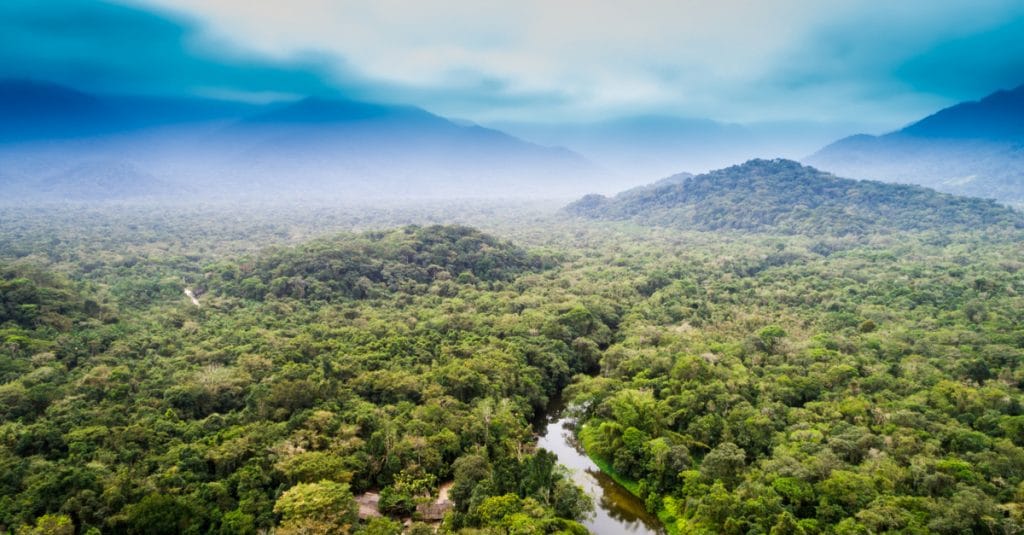Faced with the urgency of protecting and restoring biodiversitý, the European Union (EU) is adopting a logic of expanding protected areas in Africa. This is the whole point of the Natur’Africa programme which starts this year, at least in terms of funding. This initiative replaces the Central African Forest Ecosystems Programme (Ecofac), launched jointly in 1993 by the EU and ECCAS (Economic Community of Central African States).
Unlike Ecofac, Natur’Africa’s strategy goes beyond the geographical boundaries of ECCAS to cover all of sub-Saharan Africa. According to the EU, the new programme follows an innovative, people-centred approach. It identifies key landscapes for conservation and development so that the EU can focus its support on creating jobs, improving security and sustainable livelihoods, while preserving the ecosystems and wildlife that are vital to humanity.
Ecofac passes the torch
“It will not only focus on the protection and conservation of nature, but also on the sustainable development and greening of all protected areas. At the moment we don’t have exact figures on the budget of this programme, but I can say that it will be considerably higher than that of Ecofac,” says Rosario Bento Pais, the EU’s ambassador to Gabon. With the Natur’Africa initiative, the EU wants to contribute to the UN’s 30×30 goal of transforming at least 30% of land and sea into protected areas by 2030.
Read also-CENTRAL AFRICA: the 6th phase of Ecofac, plagued by lack of coordination
Natur’Africa replaces Ecofac, whose 6th phase ends in 2023. Covering 33 protected areas across the seven ECCAS countries, Ecofac was funded with €250 million from the EU. Its objective was to preserve Central Africa’s biodiversity, particularly in the Congo Basin, the planet’s second green lung after the Amazon.
Boris Ngounou
